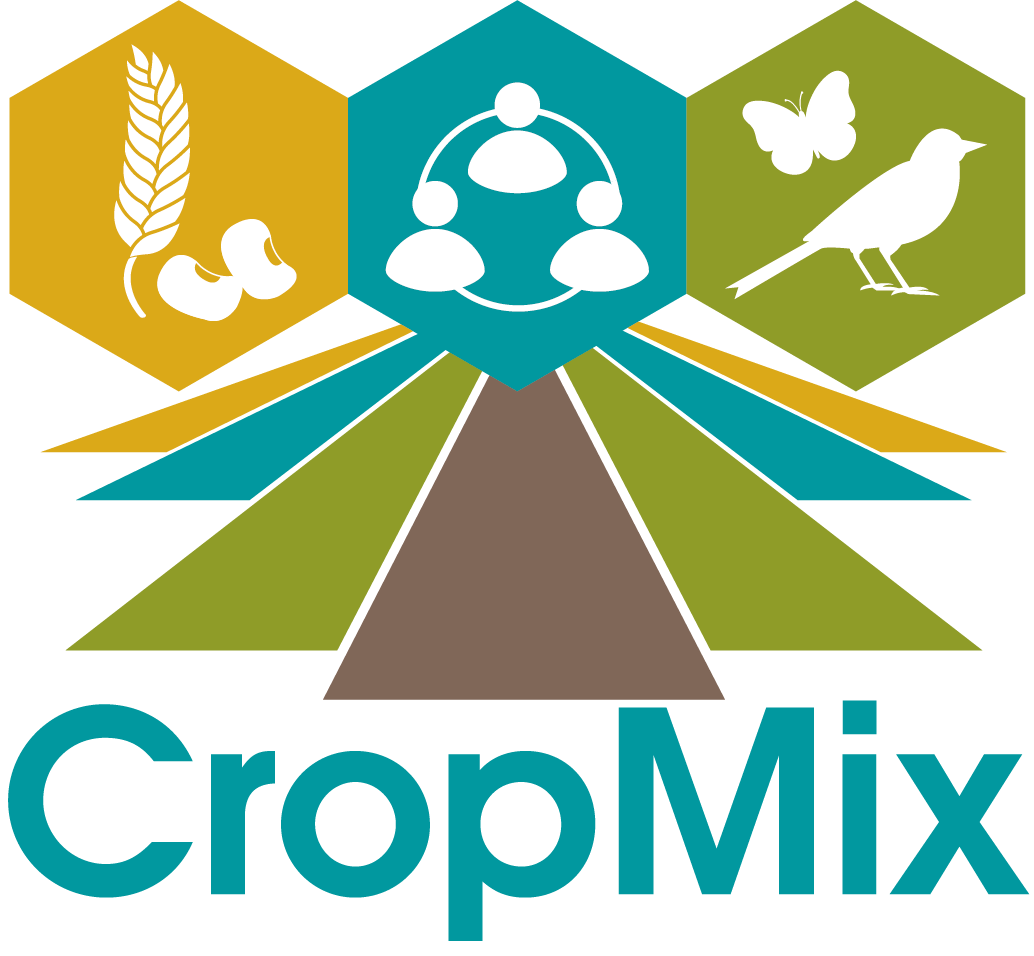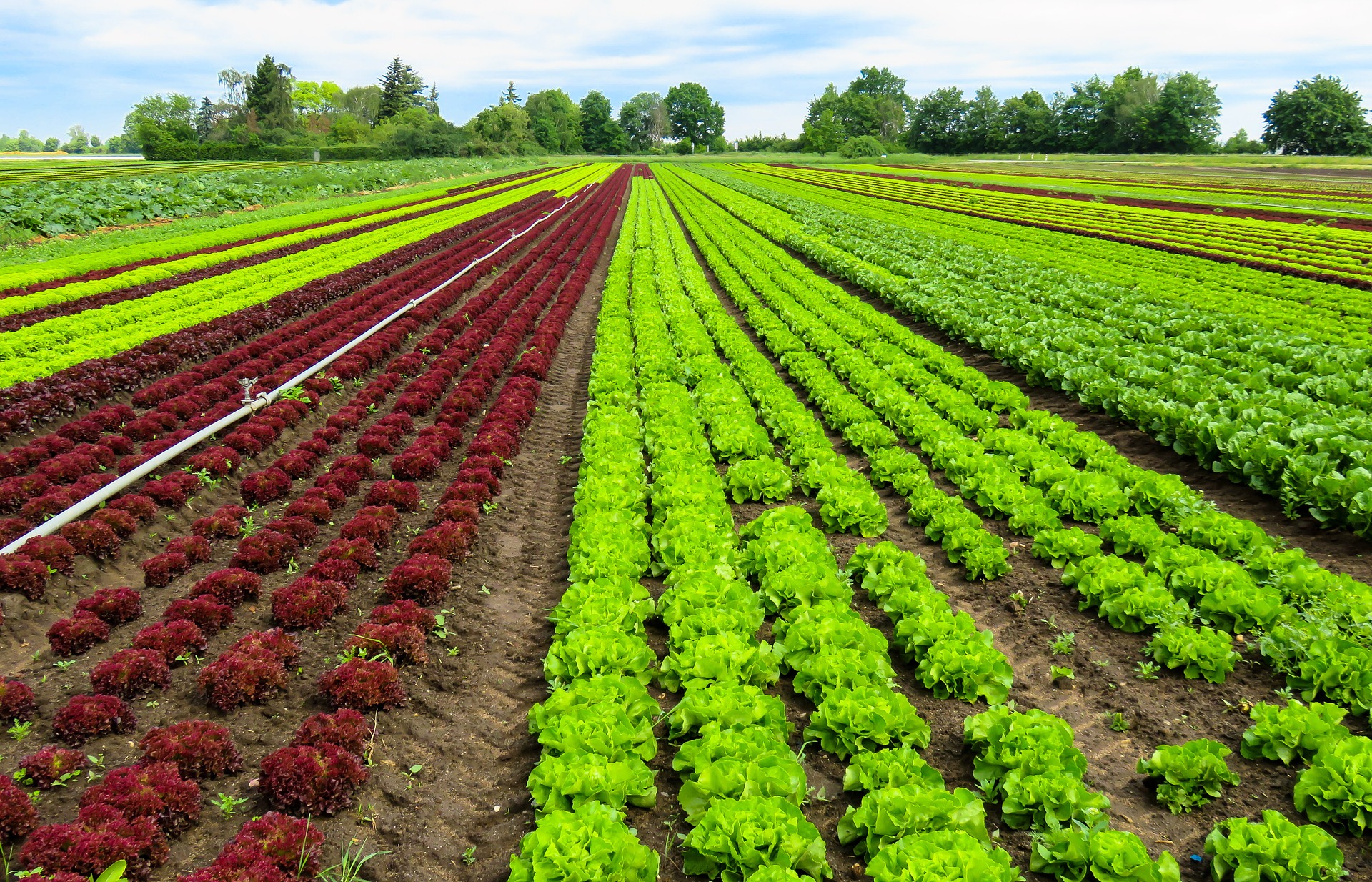Socio-economics, technology and logistics /
Farmer adoption and economy
BFarmers' willingness to adopt mixed cropping


Researcher
Chiara Boeri
PhD candidate
Wageningen University & Research
As an economist and sustainability enthusiast, I find it stimulating to contribute to a project like CropMix. Being part of an interdisciplinary team driven by a shared commitment to the planet is enriching and allows to carry out research in a holistic way.
Research project
Project: 2.1.2. A pathway towards sustainable agriculture: farmers’ willingness to adopt mixed cropping systems
Mixed cropping systems are a viable way for transitioning towards sustainable agriculture, ensuring high crop yields and enhancing biodiversity. For a broad scale uptake, a paradigm shift is essential, and the starting point lies in understanding the socio-economic factors underpinning this change.
My project aims therefore to assess the behavioural factors that play a role in the choice of mixed cropping adoption for each stage of change, evaluating how social aspects may affect the transition. By analysing farmer’s time and policy preferences, the most suitable institutional incentives for each stage of change will be defined, providing empirically based policy advice.
Related projects
Results and news
News and results will be presented here.
Researchers involved
- Prof. Dr. ir. Alfons Oude Lansink (WUR)
- Dr. Jaap Sok (WUR)
Related research
More research from work package 2
Our work packages
This work package focuses on above-ground and below-ground interactions. We look at the interactions between plants, crops, insects and other species living in the field and the differences between strip cropping and monocultures.
Work package 2 looks at the economic feasibility of investments for farmers to switch to more crop-diverse systems, such as strip farming, and what factors influence their willingness to engage in ecologically sound farming.
We want to identify different transition pathways applicable to different situations. Think of farmers with wide strips and long value chains, but also farmers with narrow strips marketing in a short chain. Or perhaps very different cropping systems that use crop diversity, such as agroforestry. We also look at what consumers and other stakeholders think and their role in the transition to more sustainable agriculture.


